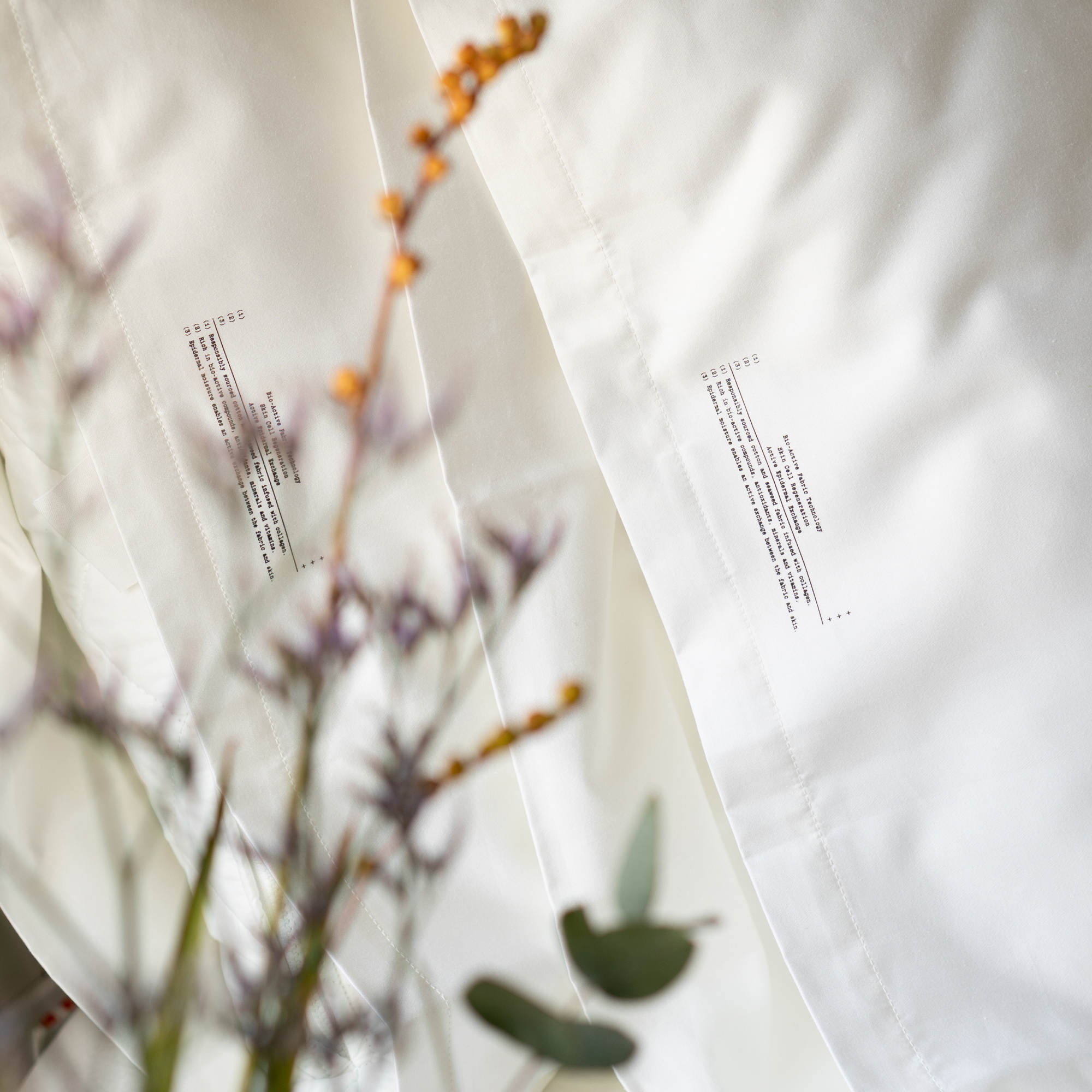In recent years, the rise of antimicrobial resistance (AMR) has become a growing concern in the field of public health. It refers to the ability of microorganisms, such as bacteria, viruses, fungi, and parasites, to adapt and become resistant to the effects of antimicrobial substances. The excessive use and misuse of disinfectants and cleaning products have been identified as significant contributors to the development of AMR.
How Do Disinfectants Encourage Anti-Microbial Resistance?
Disinfectants play an essential role in maintaining cleanliness and hygiene. They are formulated with chemicals designed to kill or inhibit the growth of microorganisms, including harmful bacteria and viruses. However, the reliance on disinfectants as the primary method of cleaning can inadvertently promote the development of AMR. Here are a few ways in which disinfectants encourage antimicrobial resistance:
- Selective Pressure: Disinfectants, especially those containing broad-spectrum antimicrobial agents, exert strong selective pressure on microorganisms. This pressure favors the survival and growth of resistant strains that may have developed mutations enabling them to withstand the disinfectant's effects.
- Incomplete Inactivation: Some microorganisms have the ability to resist or survive exposure to disinfectant chemicals. When these resilient organisms survive, they pass on their resistant traits to future generations, contributing to the development of AMR.
- Repeated Use: Frequent use of disinfectants and cleaning products can lead to repeated exposure of microorganisms to subinhibitory concentrations of the active ingredients. This exposure can stimulate the adaptive response in microorganisms, allowing them to develop resistance mechanisms.
- Cross Resistance: Disinfectants may have similarity in their mechanisms of action to antibiotics. The continued use of disinfectants can lead to cross-resistance, where microorganisms develop resistance not only to the disinfectant but also to certain antibiotics, making infections harder to treat effectively.
Probiotic Cleaning: the Solution to AMR
In light of the concerns surrounding AMR, alternative cleaning methods have emerged. Probiotic cleaning formulas are increasingly popular for their effectiveness. Probiotics, commonly associated with gut health, are live microorganisms that, when applied to surfaces, can have beneficial effects on the environment. Here's how probiotic cleaning can help combat AMR:
- Balanced Microbial Ecosystem: Probiotic cleaners work by introducing good bacteria to surfaces. These bacteria create a competitive environment for harmful organisms, preventing them from colonizing surfaces. By promoting a balanced microbial ecosystem, probiotic cleaning reduces the reliance on traditional disinfectants and lowers the selective pressure for resistant strains to develop.
- Biofilm Disruption: Biofilms are communities of microorganisms that form on surfaces, protecting harmful bacteria from disinfectants and antibiotics. Probiotics can disrupt biofilms and prevent their reformation, reducing the chances of AMR development.
- Targeted Cleaning: Unlike broad-spectrum disinfectants, probiotics are specific in their action, targeting harmful microbes while preserving beneficial microbiota. This targeted approach reduces the likelihood of resistance development while maintaining a healthy environment.
- Sustainable and Environmentally Friendly: byMATTER Probiotic cleaning products are often formulated with environmentally friendly ingredients. They are biodegradable, non-toxic, and sustainable, minimizing the potential negative impacts that harsh chemicals have on human health and the environment.
While the use of probiotic cleaning products shows promise in combating AMR, it should be noted that they may not completely replace traditional disinfectants in all settings. Current research is ongoing to further evaluate their efficacy and safety.
Looking ahead
Antimicrobial resistance is an alarming global issue. The overuse of disinfectants and cleaning products has been identified as a contributing factor. Probiotic cleaning offers a potential solution by promoting a balanced microbial ecosystem, disrupting biofilms, and employing a targeted approach. As we continue to address the challenges posed by AMR, exploring alternative cleaning methods such as probiotic cleaning can help pave the way for a sustainable and effective approach to hygiene.

The byMATTER All-Purpose Cleaner
(References)
- Bergogne-Bérézin, E., & Joly-Guillou, M. L. (2001). Treatment and prevention of antibiotic associated diarrhea. International Journal of Antimicrobial Agents, 17(4), 297-308.
- Caselli, E., & Dallago, C. (2019). Eco-friendly proactive and reactive interventions against multidrug-resistant Fungi. Current Pharmacology Reports, 5(3), 102-109.
- Gargiulo, A., et al. (2020). The role of antimicrobial agents in prevention of surgical site infection with polymicrobial flora. Surgical Infections, 21(6), 462-476.




































